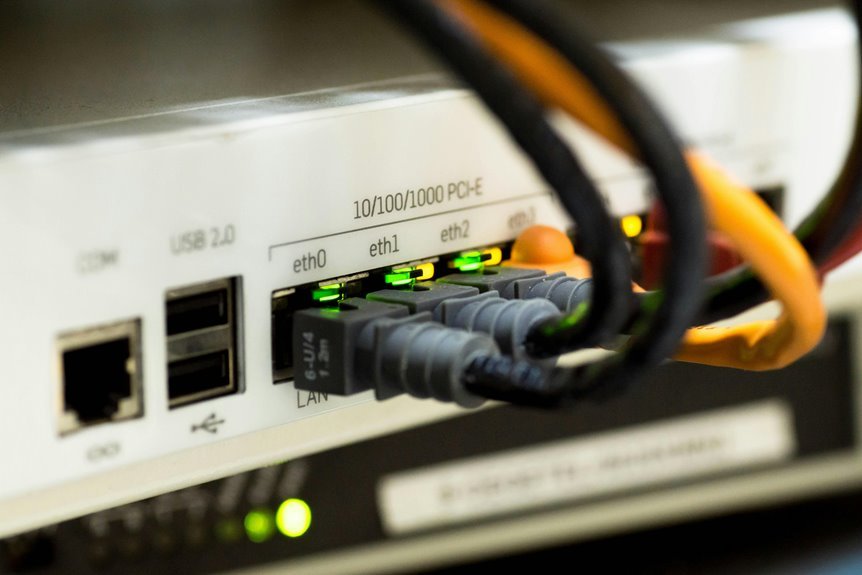Telecom Infrastructure & System Management Unit 8175410088 8055902250 8442363525 61292965696 9189216770 2816230723
In today’s fast-paced environment, understanding telecom infrastructure and the System Management Unit (SMU) is crucial for maintaining efficient communication services. You might find that the SMU’s role in optimizing network performance can directly impact operational efficiency and innovation. However, challenges persist, particularly regarding service outages and outdated systems. The implications of these factors stretch across various industries, raising questions about how they adapt to meet ever-changing demands. What solutions might be necessary to navigate these complexities?
Overview of Telecom Infrastructure Management
Telecom infrastructure management is crucial for ensuring seamless communication services, as it encompasses the planning, deployment, and maintenance of the physical and virtual components that make up a telecommunications network.
As you navigate the telecom evolution, focus on infrastructure optimization to enhance efficiency and adaptability.
This strategic approach empowers you to meet growing demands and seize opportunities in a rapidly changing industry landscape.
Key Functions of the System Management Unit
While navigating the complexities of telecommunications, understanding the key functions of the System Management Unit (SMU) is essential for optimizing network performance.
The SMU focuses on system monitoring, ensuring real-time data collection and analysis.
Challenges Faced in Telecom Operations
As the telecom landscape evolves, operators encounter numerous challenges that can hinder efficiency and service delivery.
Ensuring network reliability is crucial, yet many face persistent service outages that disrupt operations. These outages can stem from outdated infrastructure, inadequate maintenance, or unexpected demand surges.
Addressing these challenges requires proactive strategies and innovative solutions to maintain seamless connectivity and meet customer expectations.
Impact on Communication Across Industries
The evolution of telecom infrastructure directly influences communication across various industries, shaping how organizations interact internally and with clients.
As you harness advanced systems, you’ll notice significant communication evolution that fosters real-time collaboration.
This adaptability not only enhances operational efficiency but also encourages industry adaptation, allowing businesses to respond swiftly to market demands and customer needs, ultimately driving growth and innovation.
Conclusion
In summary, a robust telecom infrastructure and an effective System Management Unit are the backbone of modern communication. Just as a conductor guides an orchestra, these elements harmonize network performance and operational efficiency. By addressing challenges head-on, they ensure that businesses can adapt and thrive in a fast-paced environment. Emphasizing the importance of real-time monitoring and data analysis, organizations can foster innovation and improve collaboration, ultimately enhancing customer interactions across various sectors.






